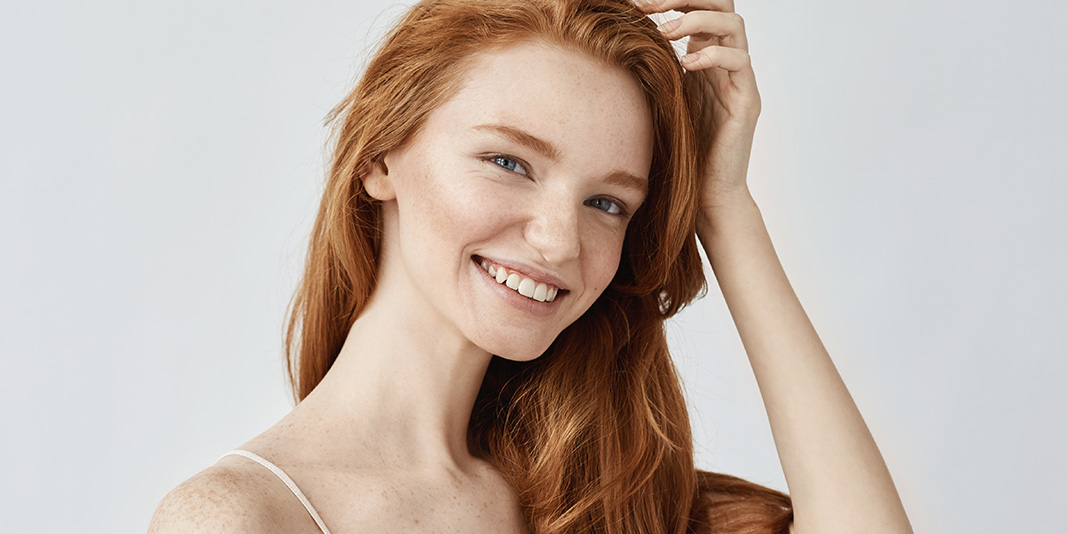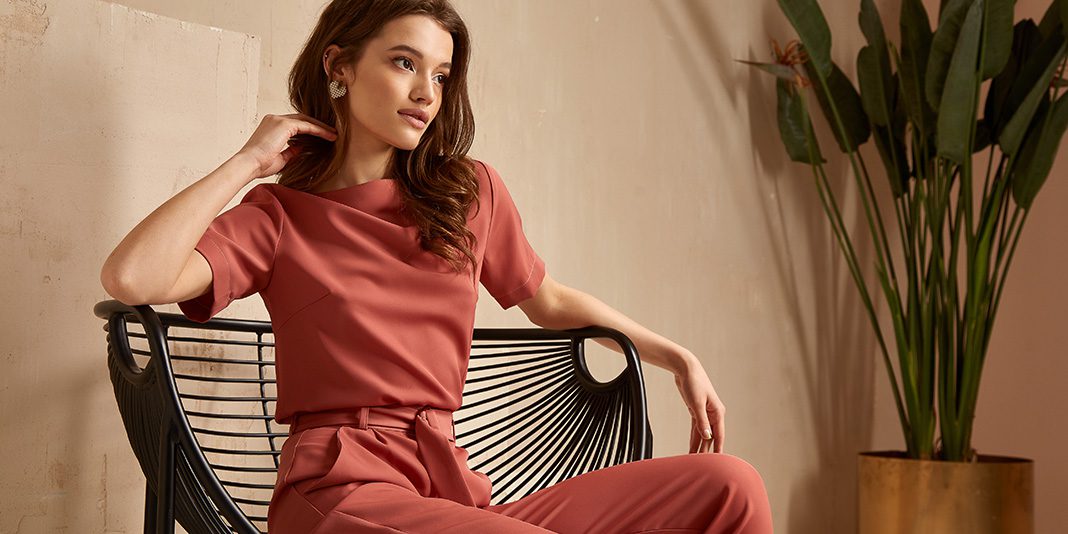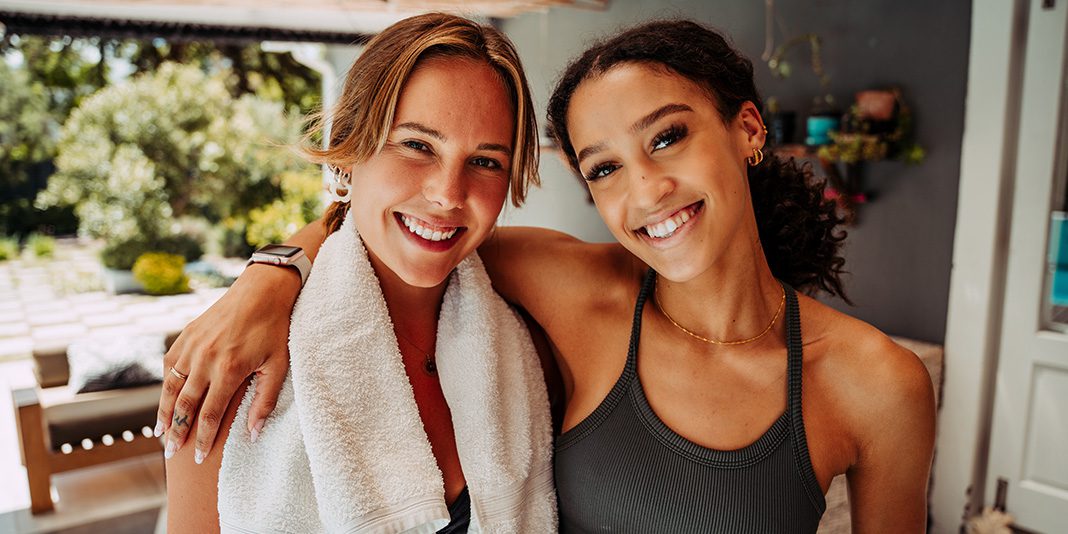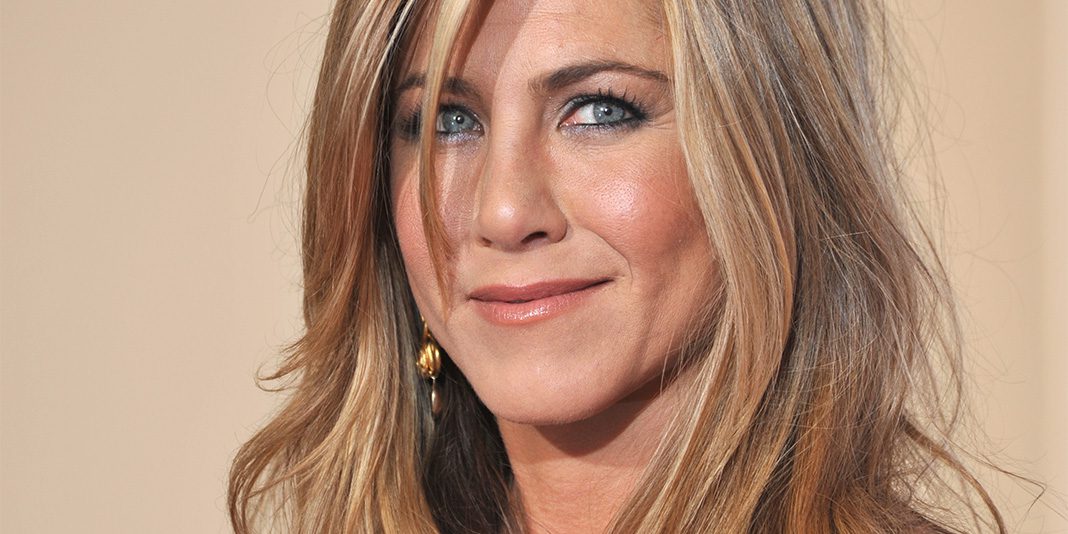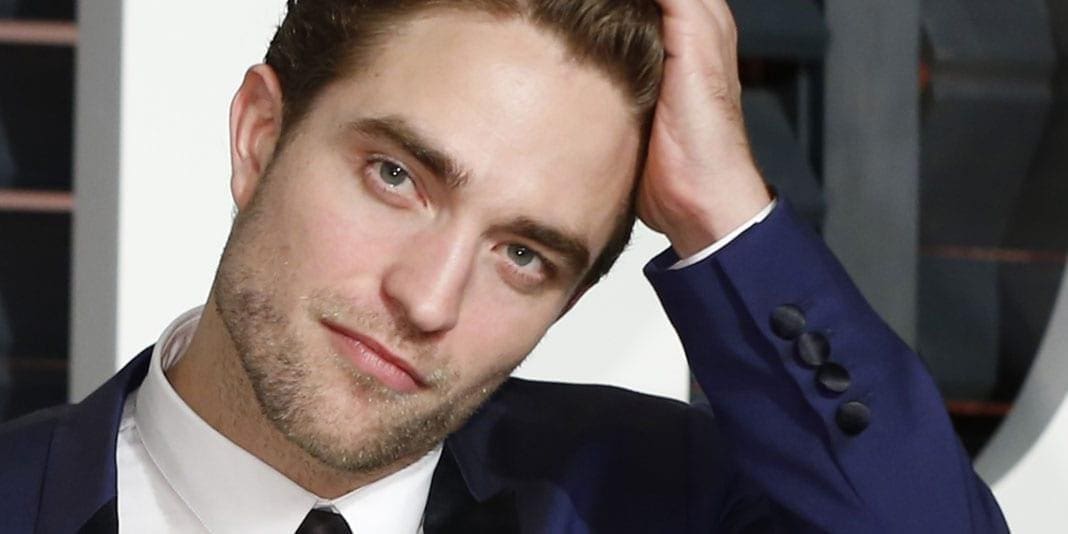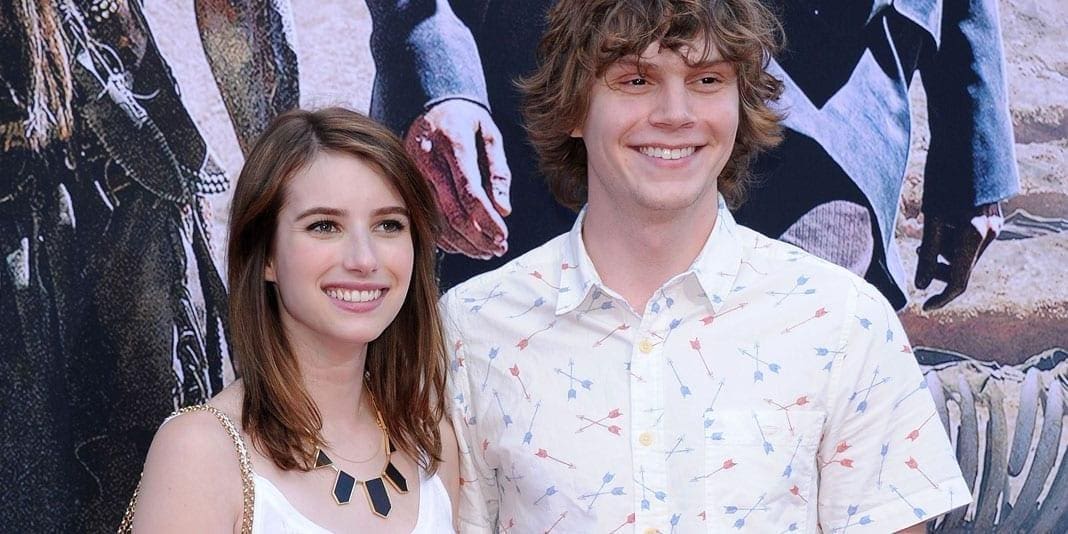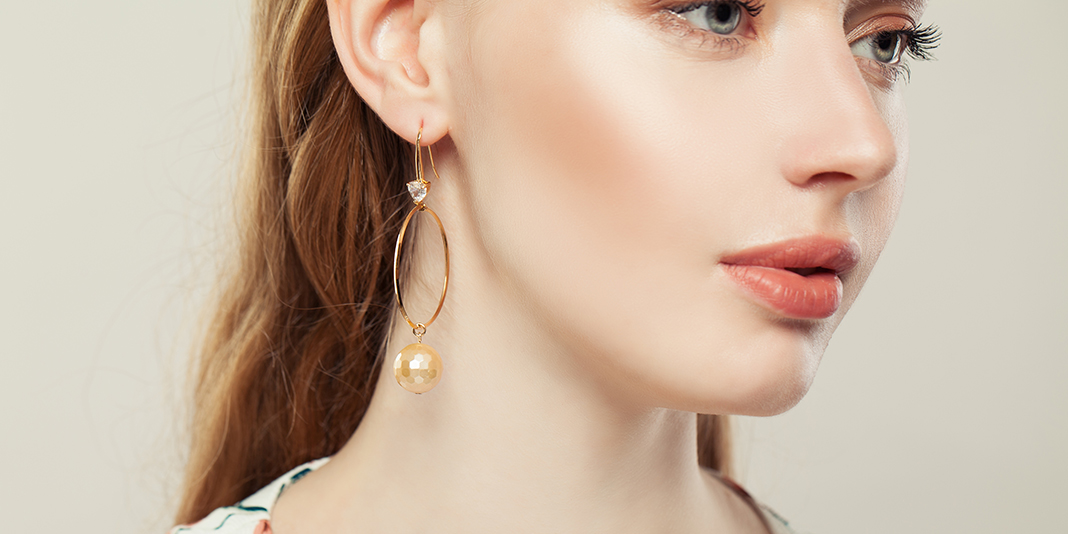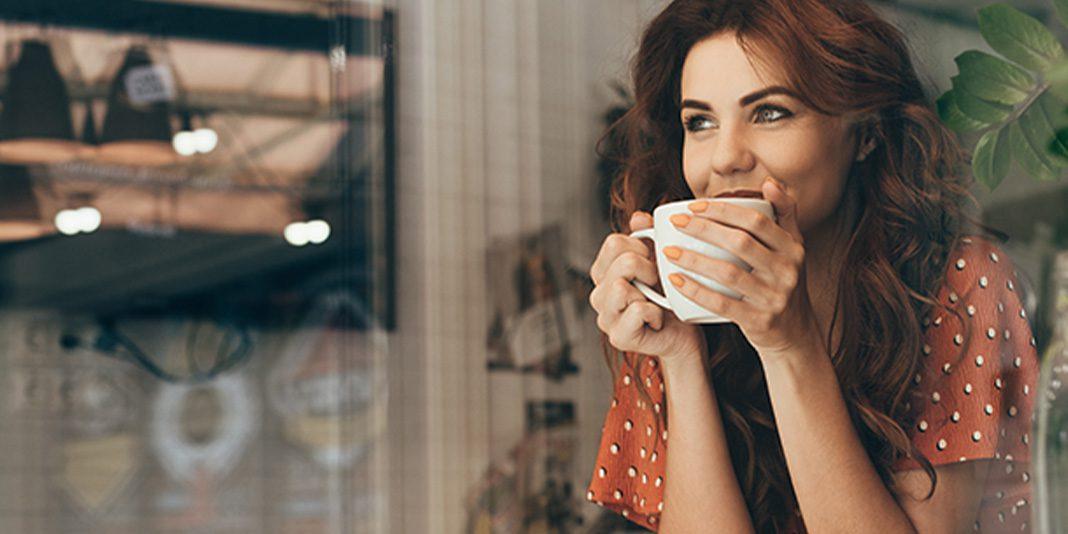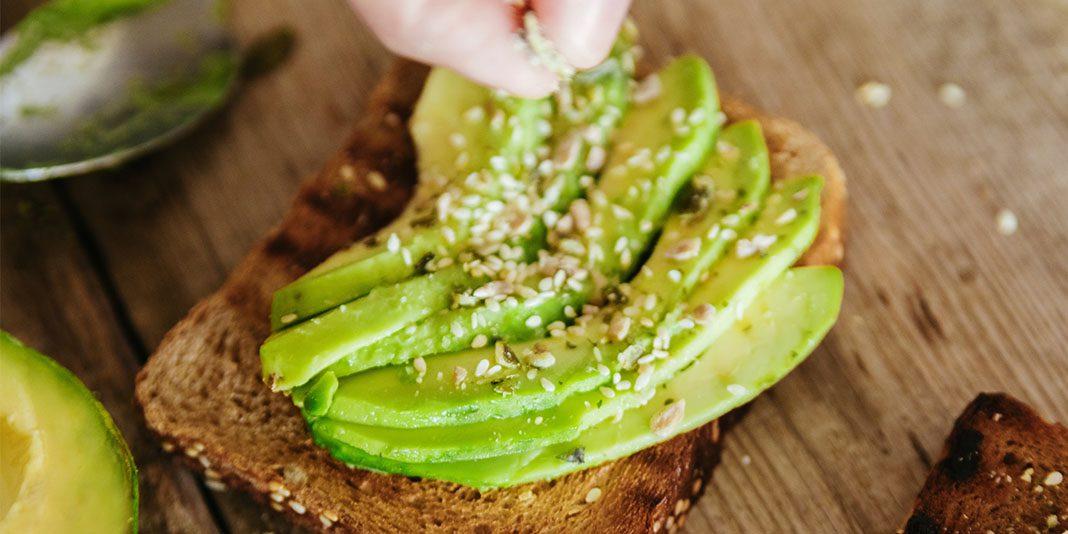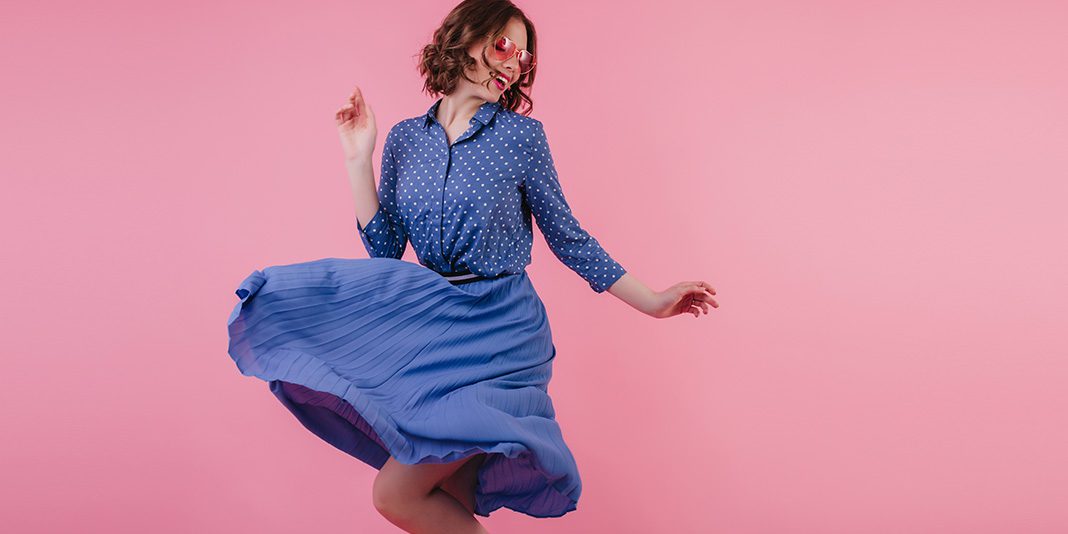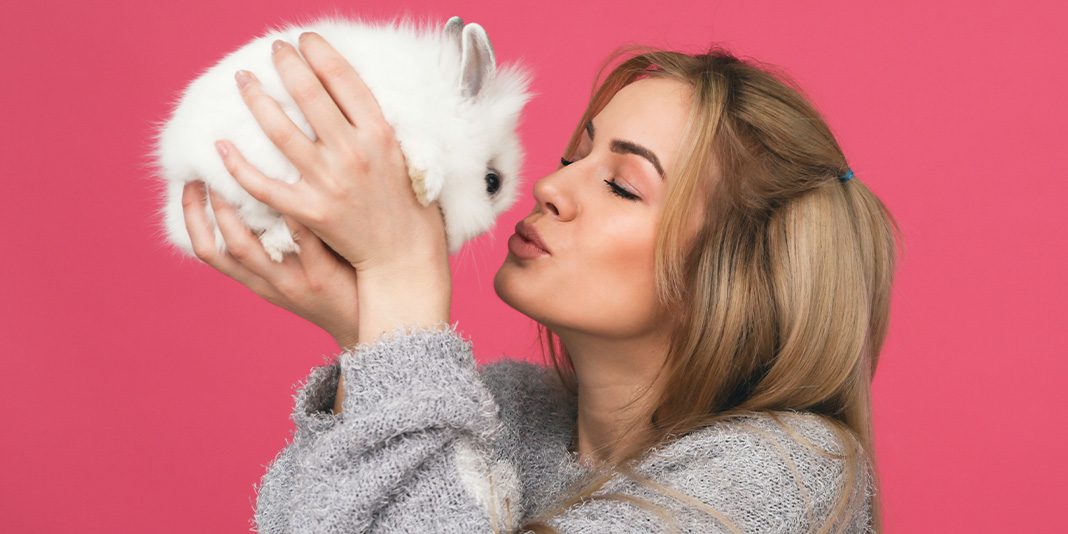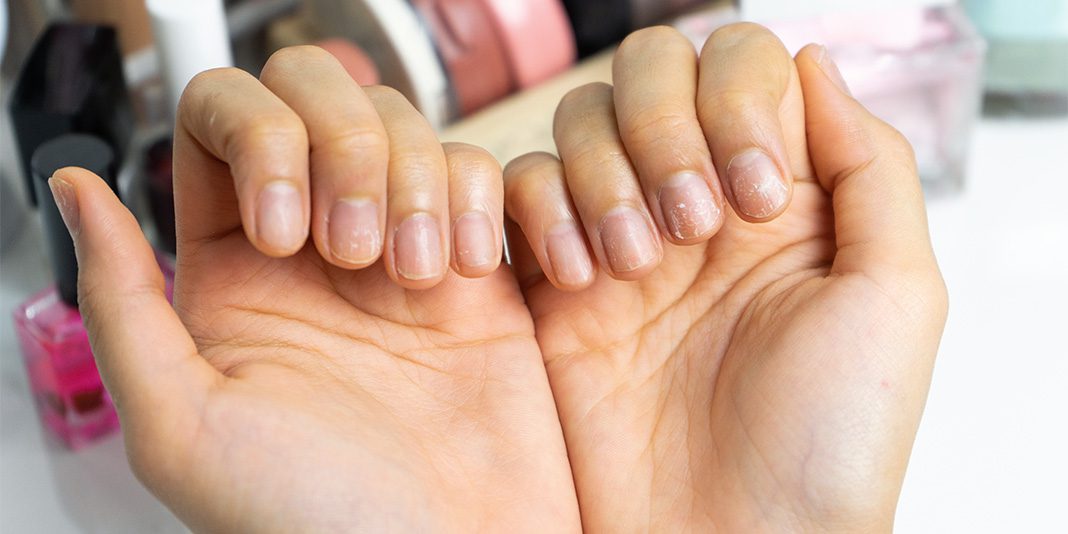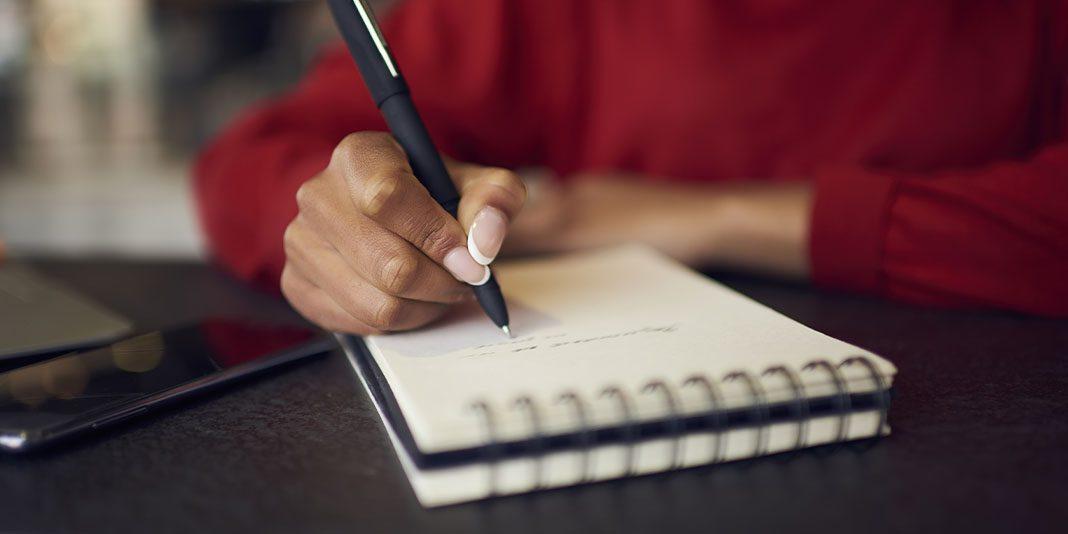Hi everyone. I’m going to be writing a column here which will explore identity: How we see ourselves, how others see us, how the interaction of the two shape our ability to create the person we want to be, and how all of this might affect our inner and outer beauty.I believe that we can all choose our own identities, creating and recreating it throughout our lives.Thanks to advancements in technology, we aren’t as beholden today to the limits of yesterday’s traditional identifiers of geography, gender, race, age or ancestry.Today, a teenager in Kansas who dreams of being in the fashion industry gets to tune in—in real time—to a runway show as it’s happening a world away in Paris, London, Milan or New York.MORE: Get Lost in What You Love
 |
Last March, Nicola Formichetti, the creative director of the iconic fashion brand Thierry Mugler, did just that. He created a set that granted the at-home viewer a better seat than the coveted front row. This controversial move shifted the power structure of the fashion food chain, giving his fans not only a real-time view of the show, but also the key seat in the house. The tradition continues: At Spring 2012 New York Fashion Week, over 30 designers showing at Lincoln Center broadcast their shows live on Youtube, treating the at-home viewer to a sense of inclusion and importance.Now, people who would likely never be physically in the front row of a fashion show can connect from their own homes to fans of fashion around the globe. Geography has been trumped by the Internet. If you want to identify yourself as a fashion insider, you can, with resources and inside scoops provided in real time via social media outlets.But that’s now. Let me go back to then.When I was a year old, my legs were amputated below the knee. From that day forward I began a personal journey of choosing or creating my own identity rather than just being the version of Aimee Mullins others would have assumed—or insisted—I be.Like most of us, I was a kid who desperately wanted to fit in, to be “normal.” (I don’t put much stock in the use of that word these days, but that’s a conversation for a future column.) Growing up in suburbia, wearing two prosthetic legs, it was impossible to really mask my overt difference. The realization of this truth about myself in my teenage years allowed me to abandon the need to fit in, to discard the veil of normalcy.VIDEO: I described my personal journey (well, as much as I could in 10 minutes) in this talk I did for The Moth storytelling society at the New York Public Library. Watch it here.I came around to accepting that I would never be “normal” (which I defined in my naiveté as “being like everyone else”), and that even though this seemed to be as factual to me as anything, I could still acknowledge my strengths and weaknesses within the whole package that was “me.”In the strengths column: I was curious, comfortable as a leader, I had a sense of humor, was good in art, regularly made diving catches in softball, I was a passionate performer and an active daydreamer.And of course, I could relegate my legs to the “weaknesses” category, along with having oily skin, limp hair and being the tomboy BFF to the guys, but never the girl who got asked to the dance.QUIZ: How Satisfied Are You With Your Life?That having prosthetic legs was generally accepted by everyone around me as being a weakness was something I didn’t question until my early twenties, when—after setting track and field world records on carbon fiber “cheetah legs” and walking fashion runways alongside the supermodels of the world—I realized that it was precisely because of being different and not fitting in that I was generating extraordinary opportunities in life.We often use this phrase “in spite of” to start a tale of a surprising and positive turn of events in someone’s life, but I would suggest that it’s often times not “in spite of,” but “because of” the adversity we face in life that we become, and create, who we are.I’ll leave you with a quote by Robert Louis Stevenson, who said, “To be what we are, and to become what we are capable of becoming, is the only end in life.”To know who we are, in the present, without judgment, the whole package, is important. But remembering that we can create who it is that we want to be…now that really is beautiful.





